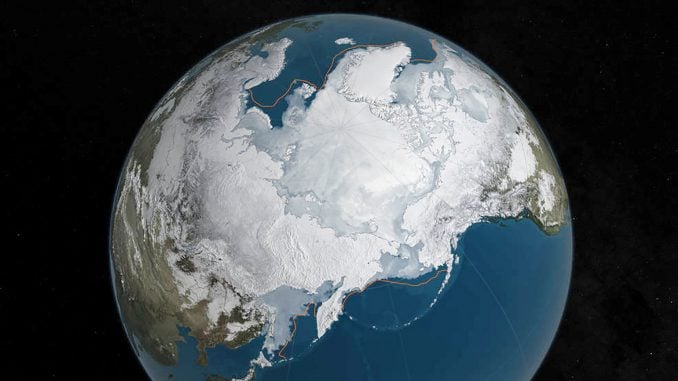
The previous article in this series examined the U.N.’s role in promoting flawed climate science. That article explained how the unproven hypothesis of man-made global warming is being used to further a globalist agenda of wealth transfer from developed nations to the developing world.
The UN’s mechanism for pursuing this agenda is non-binding international agreements masquerading as “climate treaties.” While the ostensible purpose of these agreements is to reduce greenhouse gas emissions, they have failed to do so. They have also largely failed in their agenda of wealth transfer to developing nations.
The first such international agreement was the Kyoto Protocol on climate change, ratified by 36 countries in 2005. Vice-President Al Gore was a major proponent of the Kyoto Protocol and signed it on behalf of the Clinton administration. President Clinton did not submit the agreement to the U.S. Senate for ratification, because “there was not meaningful participation by key developing countries in addressing climate change.”
He was right.
The stated goal of the Kyoto Protocol was to reduce world-wide CO2 emissions by 5% from their 1990 levels. Instead, world-wide emissions of CO2 increased by 32% from 1990 to 2010. The Kyoto Protocol fell apart in 2012. No industrialized nation elected to participate in the second phase that was scheduled to run from 2012 through 2020.
While the Kyoto Protocol did not introduce any new scientific proposals to reduce CO2 in the atmosphere, it did introduce a novel economic idea: the trading of carbon credits. This practice is often referred to as “cap and trade.” A cap is set for a country’s emissions; if a country’s emissions exceed the established caps, compliance can be achieved through trading of carbon credits.
The Paris Climate Accord (PCA) was designed by the UN to replace the failed Kyoto Protocol, with the same primary goals of emissions reduction and wealth transfer, and of renewing the Kyoto Protocol mechanism of carbon credit trading.
On Aug. 24, 2016, President Obama signed the agreement on behalf of the U.S. This agreement was also not submitted to the U.S. Senate for ratification.
The Paris Climate Accord was designed by the UN to replace the failed Kyoto Protocol, with the same primary goals of emissions reduction and wealth transfer, and renewing the Kyoto Protocol mechanism of carbon credit trading.
Although the UN claims the PCA is legally binding, achieving emission limits is voluntary. There are no penalties for noncompliance with voluntary emissions targets and no independent monitoring of the parties for accuracy in emissions reporting.
Why would any government sign such an agreement when the effects of voluntary compliance — by sharply reducing the use of fossil fuel — would be devastating for employment, the economy, energy costs and the reliability of the nation-wide power grid?
A related question is why the UN promoted the Paris Climate Accord in the first place, when the Kyoto Protocol demonstrated that emissions cap-and-trade agreements are not effective in reducing CO2 emissions? The answer is that trading carbon credits is big business and a tremendous wealth-generator for backers of the climate-change agenda.
In 2005, the carbon market had a trading volume of about $11 billion. In 2019, world-wide carbon credits trading reached a record volume of $215 billion. Projections are that this market will continue to grow rapidly, with some estimating that trading volume could one day reach $1 trillion. The largest carbon market participants are the usual suspects: global investment firms. It should be no surprise that some of the biggest contributors to the campaigns of progressive politicians supporting a climate-change agenda are Wall Street investment houses and, interestingly, some former politicians who supported climate “treaties.”
Generation Investment Management, a firm co-founded by former Vice-President Al Gore in 2004, is one of the largest private market participants. The fact that Gore is an owner and the chairman of a firm benefitting financially from an agreement he brokered on climate change would seem to be a glaring conflict of interest. Perhaps this is the reason Gore’s involvement is not disclosed on the firm’s website, although SEC filings confirm his ownership and leadership of the firm.
If you want to understand the motivation behind the promotion of the man-made global warming hypothesis, it is not science.
Follow the money.
In the next article in this series, we will further demonstrate the invalidity of the global warming hypothesis.


